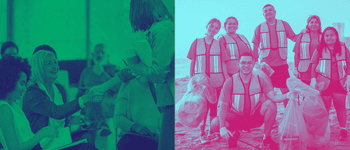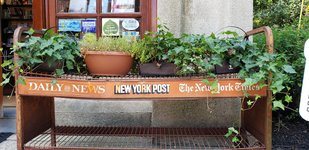Local Digital Social Networks


Simon Galperin
Newsmast Foundation (@newsmastfoundation.org)
bsky.app
Newsmast x Bristol Cable - local news x community app
Let’s remind ourselves: Journalism isn’t just writing articles.
Let’s put humans front and center — the readers we serve, engaging them more deeply, inviting them closer. We need strong bonds, community, events. We need to do what AI platforms aren’t interested in, because it doesn’t scale, it’s not safe, it’s not predictable.
Let’s put humans front and center — the readers we serve, engaging them more deeply, inviting them closer. We need strong bonds, community, events. We need to do what AI platforms aren’t interested in, because it doesn’t scale, it’s not safe, it’s not predictable.
“‘Disorder’ as the domination of public space for private purposes”
Charles Fain Lehman
A more sensible way to think about where conversations need to be broken up, that’s not topic, is format. In a physical space, the analogy might be—if half of my guests are drinking wine from expensive stemware and half of my guests are playing Twister, I might send the Twister players into another room so they don’t elbow-knock a glass of Chablis.... See more
noeleflowers • Three (Platform Agnostic!) Best Practices in Online Community Architecture
And Zachary Liscow, former Chief Economist at the Office of Management and Budget, proposes ample “front-end civic participation” in exchange for reduced back-end litigation. That is, do the democratic work upfront then get on a fast track, rather than use the fast-track to avoid the democratic work and then suffer the blowback.
One common denominator across these myriad settings is that people participating in them have opportunities to set agendas, make plans, take risks, lead and follow, look out for, and give and take with each other. In doing so, they can better understand their own self interests, how they correspond with those of others in the group, and how best to... See more
Daniel Stid • Top Down Democratic Decline vs. Bottom Up Civic Renewal: Eight Working Hypotheses
On day one, they define a political institution as “a socially created constraint on human action.” That definition has always stuck with me. This means that we can make them and remake them. But it also means that whatever institution we create, people are going to use those institutions strategically to try to achieve whatever ends they're trying... See more